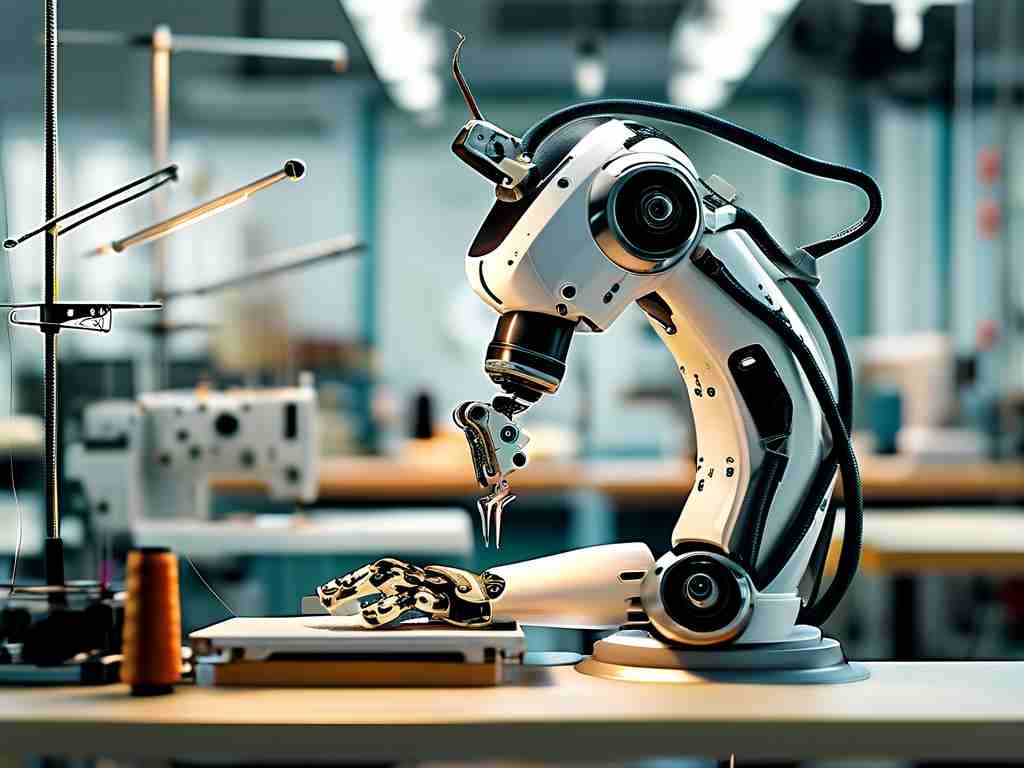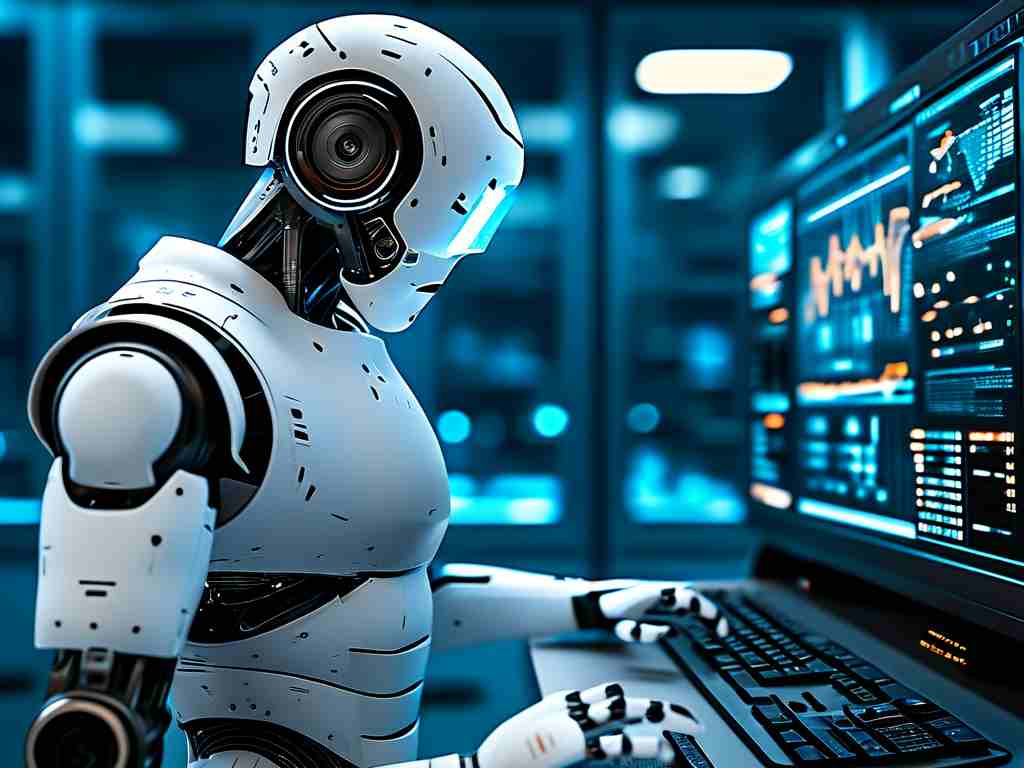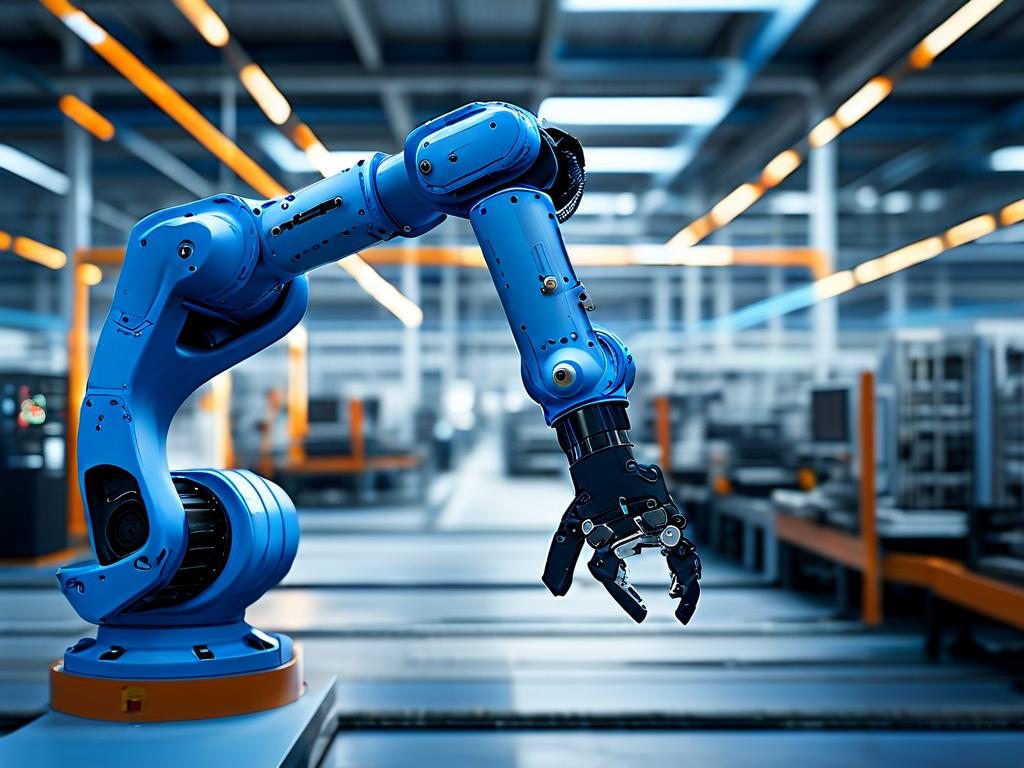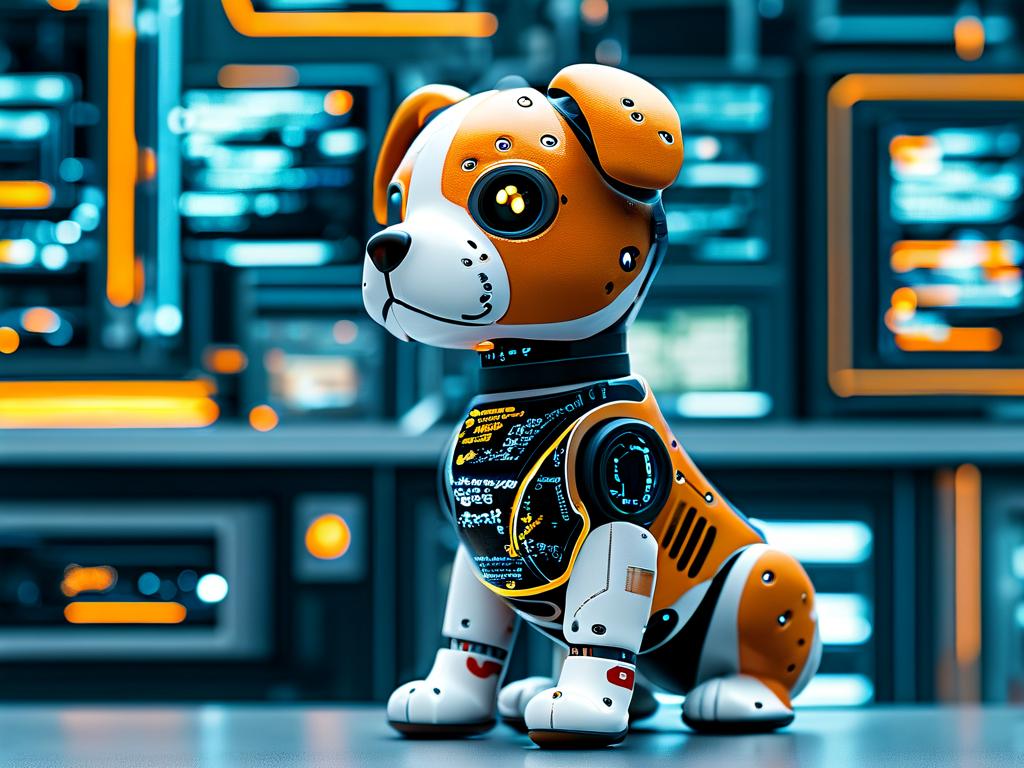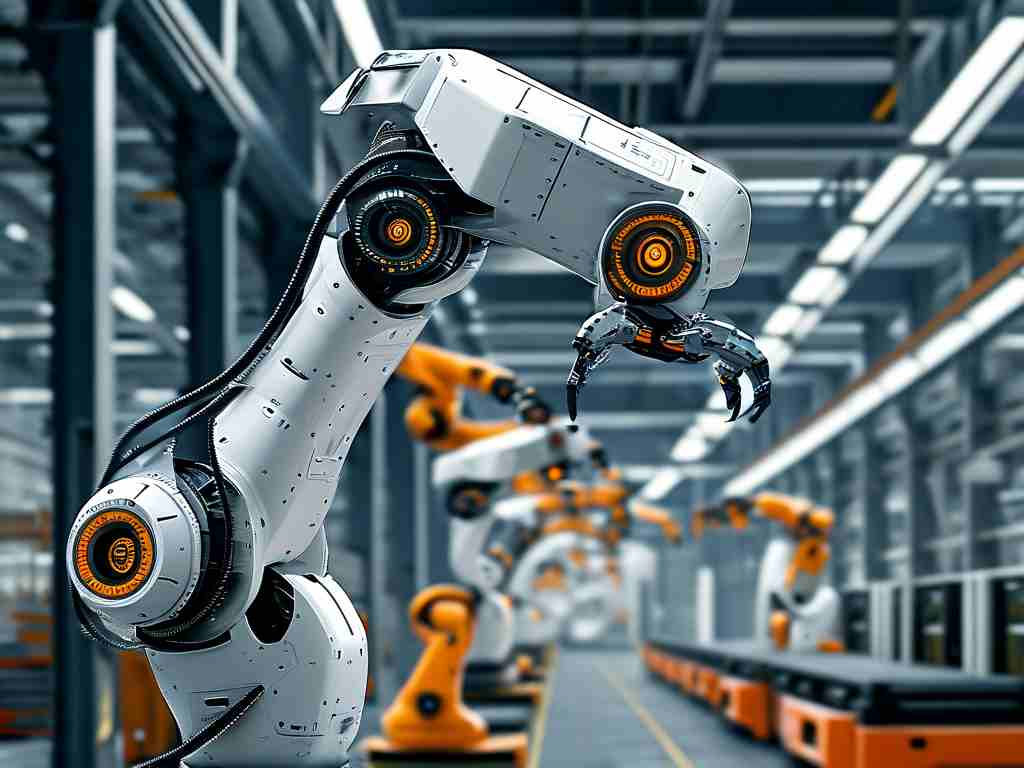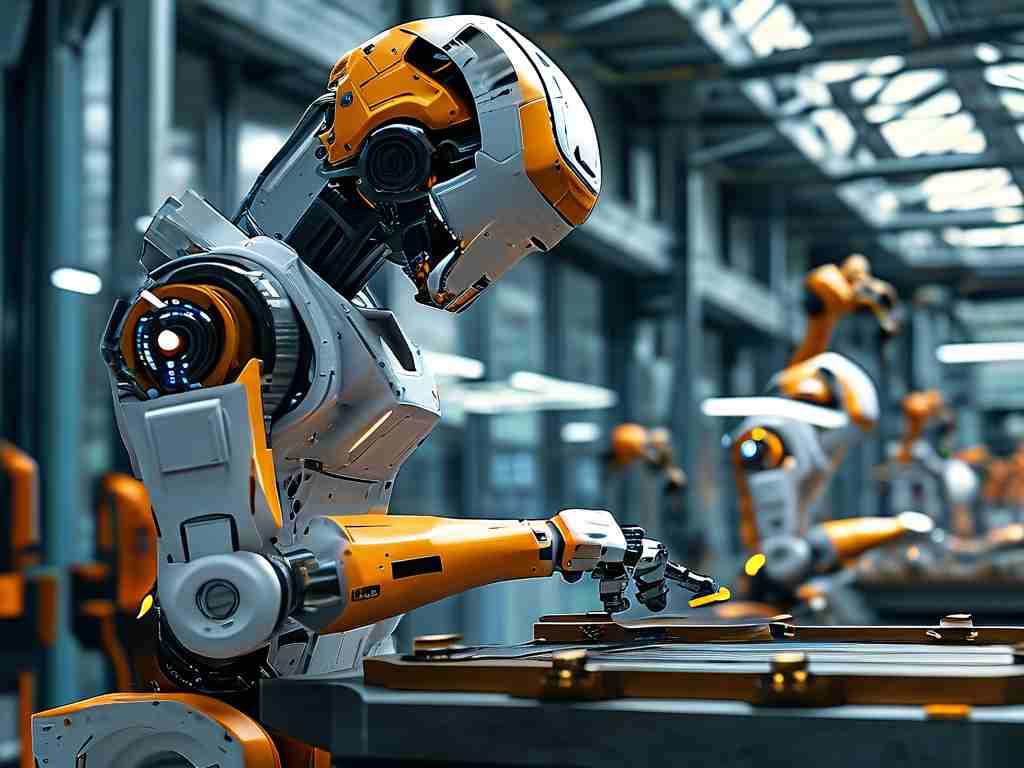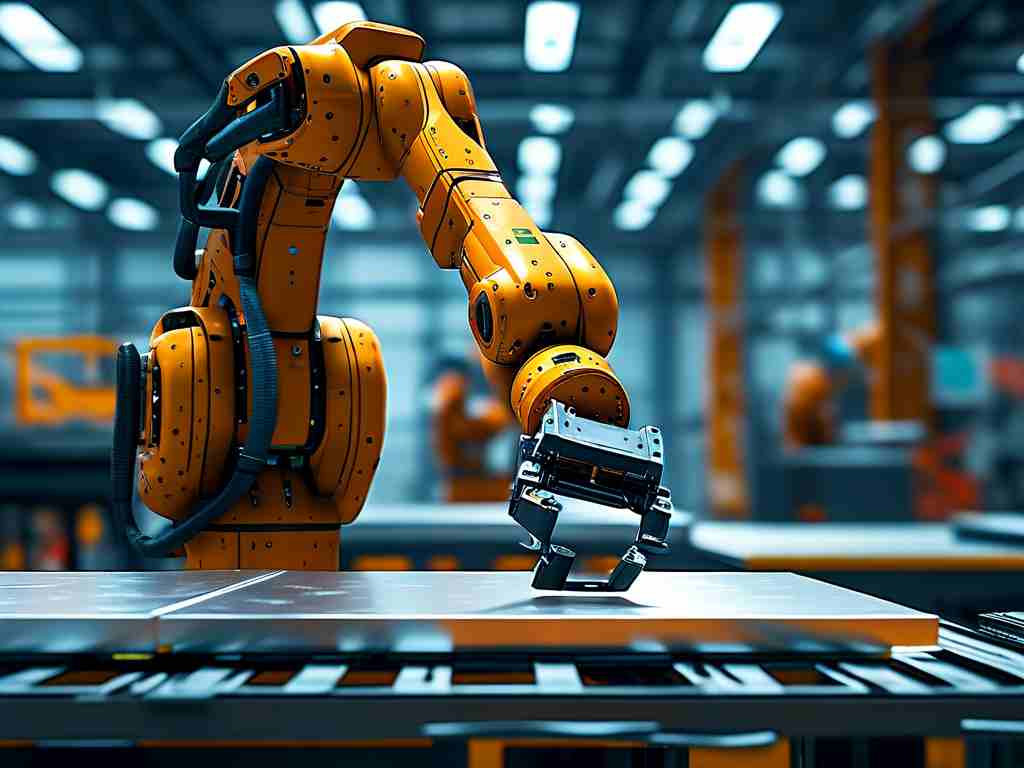Smart robot technology has transformed countless industries by harnessing the power of photos, enabling machines to see, learn, and interact with the world in ways once deemed science fiction. This integration of visual data—captured through cameras and sensors—forms the backbone of modern robotics, driving innovations from automated factories to personal assistants. At its core, photo-based systems allow robots to process images in real-time, mimicking human vision but with superior speed and accuracy. For instance, in manufacturing, robots equipped with high-resolution cameras scan assembly lines, detecting defects in products like electronics or vehicles. These photos feed into algorithms that analyze patterns, ensuring quality control without human intervention. Similarly, in healthcare, surgical robots use medical imaging photos to guide precise incisions, reducing errors and improving patient outcomes. The technology relies heavily on computer vision, a subset of artificial intelligence where deep learning models train on vast datasets of annotated photos. By recognizing objects, faces, and environments, robots adapt dynamically—think of autonomous vehicles interpreting traffic photos to navigate safely or service bots in homes identifying obstacles through photo streams.

Beyond applications, the evolution of photo technology in robotics stems from advancements in hardware and software. Cameras have shrunk to micro-sizes while boosting resolution, allowing drones to capture aerial photos for mapping disasters or agriculture. On the software side, convolutional neural networks (CNNs) process these photos, extracting features like edges and textures. A simple Python snippet illustrates this: import cv2; image = cv2.imread('robot_photo.jpg'); edges = cv2.Canny(image, 100, 200)—this code detects edges in a photo, a fundamental step in robot vision. However, challenges persist, such as handling low-light photos or ethical concerns over privacy in surveillance. Innovations like 3D imaging and augmented reality are pushing boundaries, enabling robots to construct 3D models from photo sequences for tasks like virtual training.
Looking ahead, the fusion of photos with emerging tech like 5G and edge computing promises even smarter robots. They'll analyze photos faster, learn from real-world scenarios, and collaborate in swarms. Ultimately, photo-driven robotics isn't just about efficiency; it's reshaping society by making automation accessible and intuitive. As we advance, continuous refinement in photo processing will unlock new frontiers, from space exploration rovers to AI companions, proving that a single photo can indeed power the next leap in intelligent machines.


